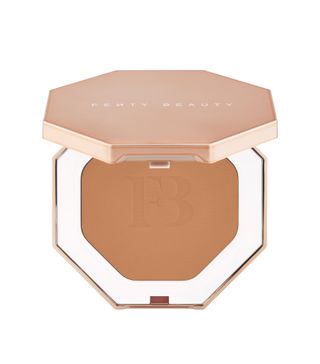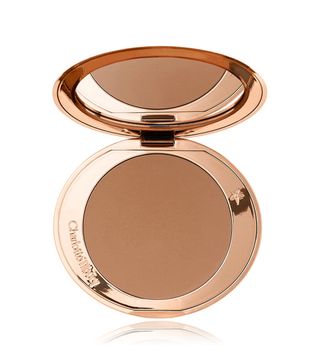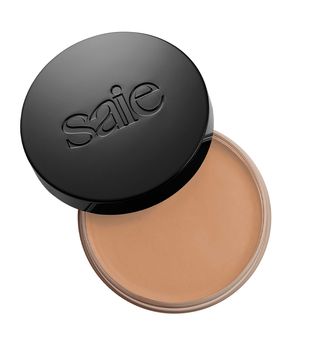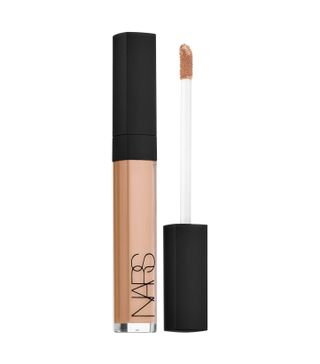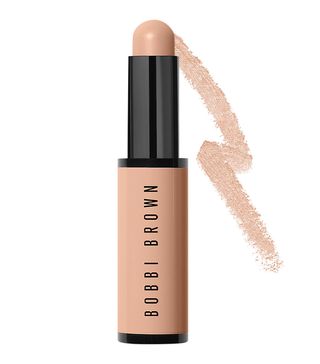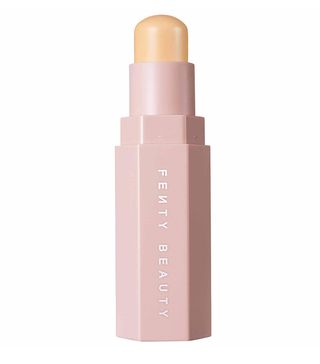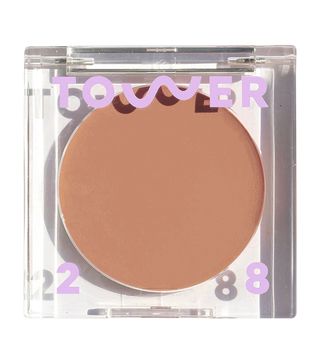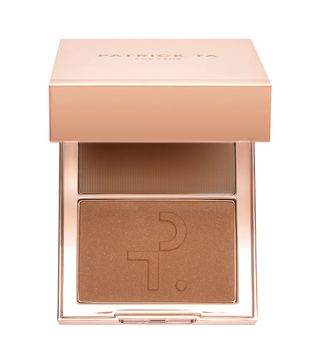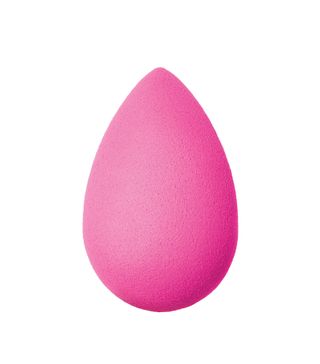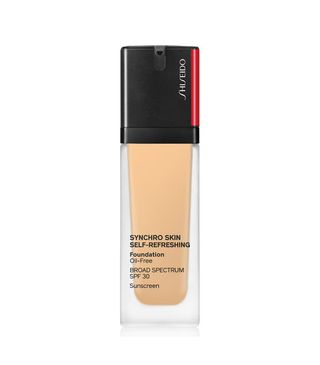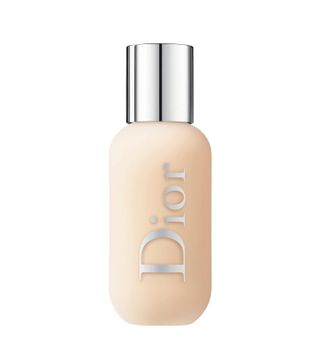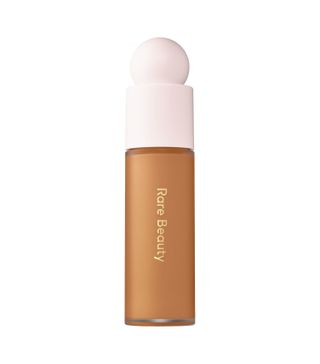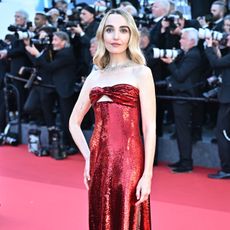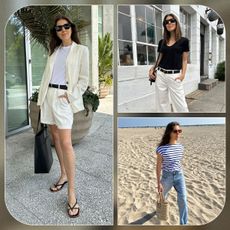Makeup Artists Agree: These Are the Best Foundations for Asian Skin Tones
Choosing the perfect foundation for yourself is no easy feat. I think it's safe to say that we all want a foundation that looks natural, blends flawlessly, and acts like a "second skin." But that can be a tall order. Everyone has different skin tones and undertones, and foundations are definitely not one-size-fits-all. Every formula and brand will work differently person to person.
I've struggled in the past to find a shade that really works with my yellow and golden tones. I've definitely found products that have gotten the job done but still felt a bit off to me. I find that a lot of the shades I try are either just a tad too light or a touch too dark. While it wasn't super noticeable to others and didn't look like a truly awful shade match, it was noticeable to me!
These days, though, we're lucky there are brands delivering more inclusive and extensive shade ranges, making the shade-matching process easier. To be honest, I still need some help in my quest to find the perfect foundation, so I asked a couple of experts for their tips on how to choose foundation, especially for Asian skin tones like my own.
How to Shade-Match
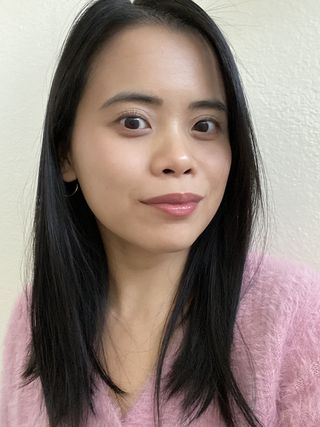
The first thing I learned was that you shouldn't just think about your face. "Shade matching for any skin tone should start from the neck up," explains Daniel Martin, makeup artist and global director of artistry and education for Tatcha. "Your neck and face should be the same tone. If you prefer a warmer face, make sure you balance the neck as well so you're not two-toned."
Celebrity makeup artist Kenneth Soh, whose clients include Kerry Washington and Phoebe Dynevor, says it's presumptuous to assume that most Asians have a yellow or warm skin tone. In fact, Soh says it can be harder to discern undertones, especially for those with fairer skin. "Instead of the very obvious yellow or golden tones of tanned or darker skin, many Asian complexions might have a yellow tone on the surface but be more neutral or olive with a green undertone," he says. "The best way to shade-match is to still do the jawline test and see if it blends into nothing. Most of us have a fairer face, especially if we wear SPF consistently, so I always choose a shade that blends into the neckline. It should be half a shade darker or warmer than the center panel of your face."

Soh adds that he prefers to stick to a neutral-tone foundation and not worry too much about the undertone. "I'm not a fan of foundations that run too yellow—it just looks sallow on Asian skin tones," he says. "I prefer the bright and clear finish that comes from choosing a foundation that is slightly fairer. However, there are many approaches to doing foundation. Choose a lighter shade and warm it up with contour and bronzer, or choose a warmer shade and brighten it up with a lighter concealer."
How to Find Your Undertone
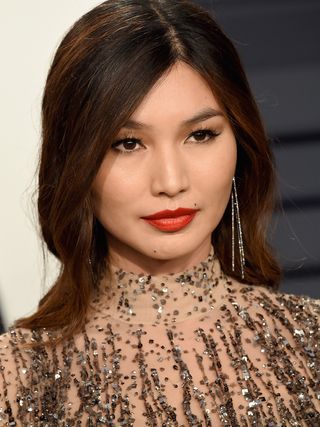
Even if you do opt for a more neutral-toned foundation, it's still useful to know your undertone for choosing other types of makeup, like lipsticks. Start by looking at the veins on the inside of your wrist. If your veins look green, you probably have a yellow and warm undertone. If they look blue, you have a cooler undertone. "The tricky part is when you have red, orange, or green undertones, which could happen in deeper Asian skin tones, but as long as you do the vein test, you will get a pretty good guide," Soh explains.
Soh also suggests taking photos of yourself in bright daylight to see whether warm or cool tones in clothes and makeup suit you better. "It also helps taking photos standing next to other people with distinct yellow or blue undertones," he says. "A friend might be the same tone as you but have a warmer (tanned) or cooler (pinky or rosy) undertone. You might seem to have a slightly green cast, which would mean you have an olive tone."
Sometimes, you might have a neutral tone after all. Martin says if it's challenging to notice your undertone straight away, it's more than likely that you're neutral. He recommends neutralizing any redness around the nose or flushed cheeks with either a color corrector or a concealer with a warm undertone.
How to Shop for a Foundation

When it comes to shopping for and testing foundations, don't be afraid to ask for samples. "I would get samples of foundations that are in your shade, but try the warmer- and cooler-toned ones on separate days and take a photo to see which one you like more," Soh recommends.
For those with darker skin and a bit more olive or red in your undertone, Martin recommends testing out the foundation on your cheeks to see if it matches your neck. "Again, this harmonizes the skin without having two different shades from your face and neck," he adds.
When choosing samples to try out, Soh suggests getting one that is a warm tone and one in a cool tone, and you might even want to try one that's slightly lighter and slightly warmer. "When it comes to darker tones, it's not as flattering when the foundation is all one shade on the face," Soh says. "It can sometimes look a bit flat. Wearing a slightly lighter shade might give you a brighter-looking complexion, and when paired with a bronzer in the outer perimeter, you get a much more three-dimensional effect."
How to Apply Foundation

As for application, Soh says he works from the center panel out toward the jawline and hairline. "It's better to work with thinner layers and apply more when needed," he shares. "Use your fingers and work it into the skin like a moisturizer, using patting and smoothing motions. For more coverage, use a sponge like a Beautyblender."
Keep scrolling to see some of Soh's and Martin's favorite foundations.
Shop the Best Foundations for Asian Skin Tones

1. Orcé Skin Perfecting Serum-Foundation
"Created by an Asian female founder, this radiant foundation gives beautiful coverage," Martin says. The formula is a serum-foundation hybrid that hydrates the skin and targets hyperpigmentation and excess oil.
2. Shiseido Synchro Skin Self-Refreshing Liquid Foundation
"[It has] 30 shades with really gorgeous clear color pigments that look clean on the skin, and I love that it adjusts according to how skin behaves," Soh says. The weightless formula lasts for up to 24 hours.
3. Dior Backstage Face and Body Foundation
"Dior's Backstage Foundation has an incredible shade range addressing undertones in Asian skin. [It's] buildable," Martin says. It's also waterproof, sweat-resistant, and can be used on the body.
4. Nars Sheer Glow Foundation
"[It] gives you a gorgeous glow with great coverage that you can sheer out. It's also available in 40 great true-to-skin colors that make application an ease," explains Soh.
5. Rare Beauty Liquid Touch Weightless Foundation
"[It's] a great medium to medium-deep range, and it builds coverage," Martin says. The liquid formula is almost serum-like and contains lotus, gardenia, and water lily to calm the skin.
6. Clé de Peau Beauté Radiant Fluid Foundation
"[This has] a melt-into-the-skin finish that is undetectable but gives you a clear, bright complexion and comes in 31 shades," Soh says. "Application is easy and effortless with this beautifully textured fluid foundation."
7. Nars Soft Matte Foundation
Martin says this is a full-coverage, water-based foundation with an exceptional shade range. It's especially good for oily skin types because it leaves a matte finish and contains microalgae and hyaluronic acid to absorb excess sebum.
This post was originally published at an earlier date and has since been updated.
Sarah is lifestyle writer and editor with over 10 years of experience covering health and wellness, interior design, food, beauty, and tech. Born and raised in Los Angeles, she attended New York University and lived in New York for 12 years before returning to L.A. in 2019. In addition to her work on THE/THIRTY and Who What Wear, she held editor roles at Apartment Therapy, Real Simple, House Beautiful, Elle Decor, and The Bump (sister site of The Knot). She has a passion for health and wellness, but she especially loves writing about mental health. Her self-care routine consists of five things: a good workout, “me” time on the regular, an intriguing book/podcast/playlist to unwind after a long day, naps, and decorating her home.
-
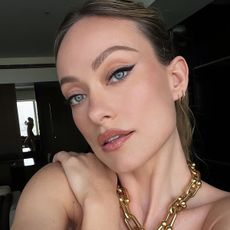 According to a Makeup Artist, These Setting Sprays and Powders Will Save Your Look
According to a Makeup Artist, These Setting Sprays and Powders Will Save Your LookYour makeup won't budge.
By Maya Thomas
-
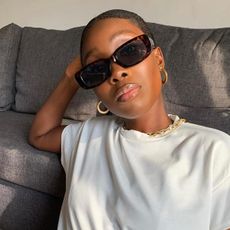 Do Foundations With SPF Provide Enough Protection? Experts Weigh In
Do Foundations With SPF Provide Enough Protection? Experts Weigh InWe got to the bottom of this debate.
By Shawna Hudson
-
 Patrick Ta Beauty's Rima Minasyan Spills Her Armenian Beauty Secrets
Patrick Ta Beauty's Rima Minasyan Spills Her Armenian Beauty SecretsI'm aggressively taking notes.
By Nayiri Mampourian
-
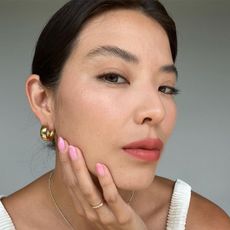 Celebrity Makeup Artists Say These Are the Best Eyeliners for Hooded Eyes
Celebrity Makeup Artists Say These Are the Best Eyeliners for Hooded EyesNo more bad eyeliner days.
By Maya Thomas
-
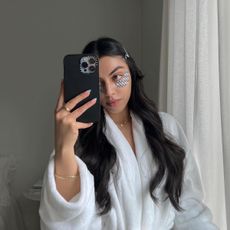 These 14 Designer Beauty Products Are at the Top of My Summer Wishlist (Some Are on Sale)
These 14 Designer Beauty Products Are at the Top of My Summer Wishlist (Some Are on Sale)Act fast.
By Kaitlyn McLintock
-
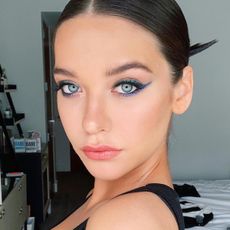 Wear Blue Eyeliner, Get Major Compliments: These 4 Are Makeup Artist–Approved
Wear Blue Eyeliner, Get Major Compliments: These 4 Are Makeup Artist–ApprovedThey're makeup bag must-haves.
By Kaitlyn McLintock
-
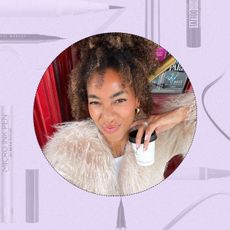 These 13 Brow Pens Are the Next Best Thing to a Spendy Microblading Appointment
These 13 Brow Pens Are the Next Best Thing to a Spendy Microblading AppointmentWe're never going back.
By Maya Thomas
-
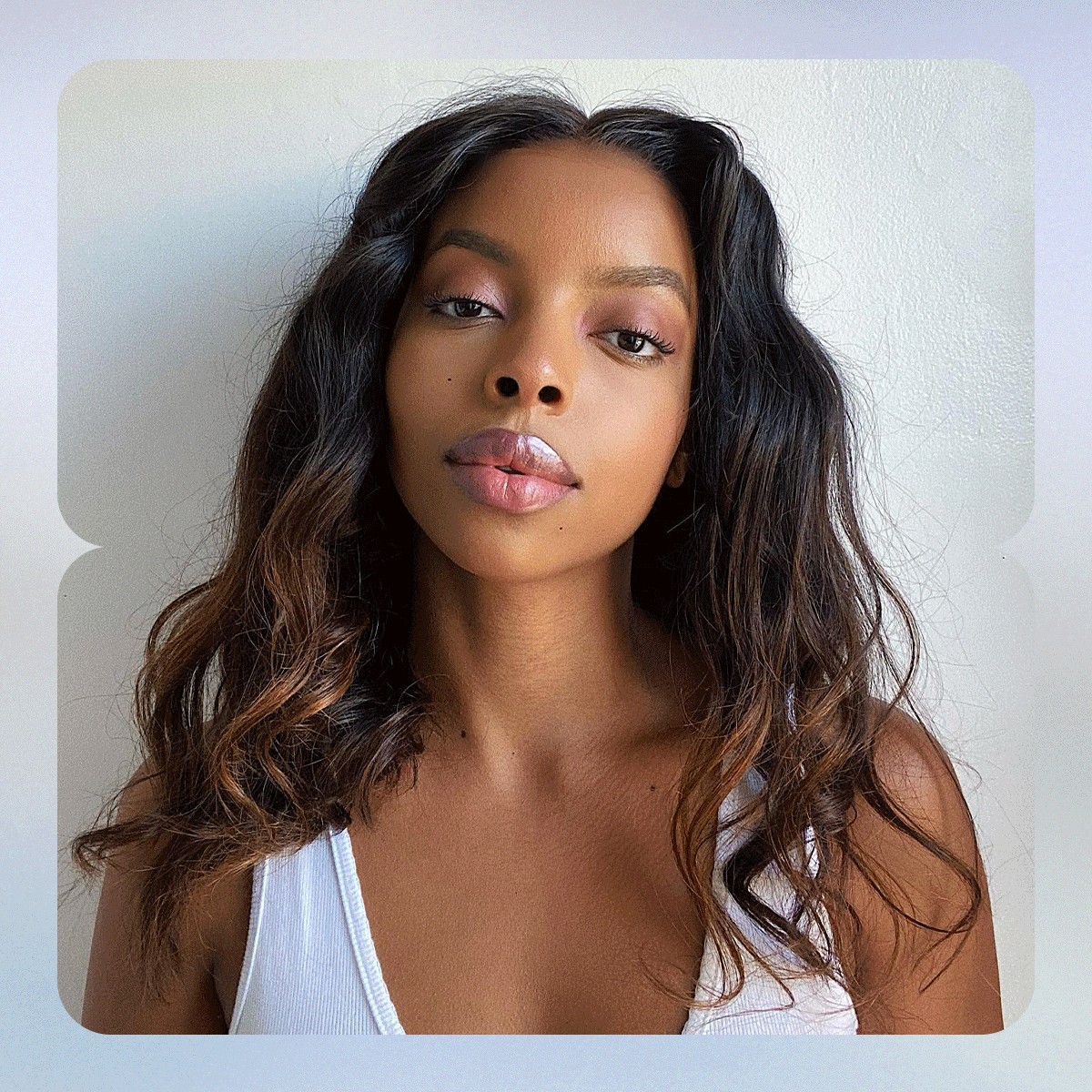 The Five Spring Makeup Trends to Have on Your Radar (Before Everyone Else)
The Five Spring Makeup Trends to Have on Your Radar (Before Everyone Else)It's time to jump on them.
By Maya Thomas
